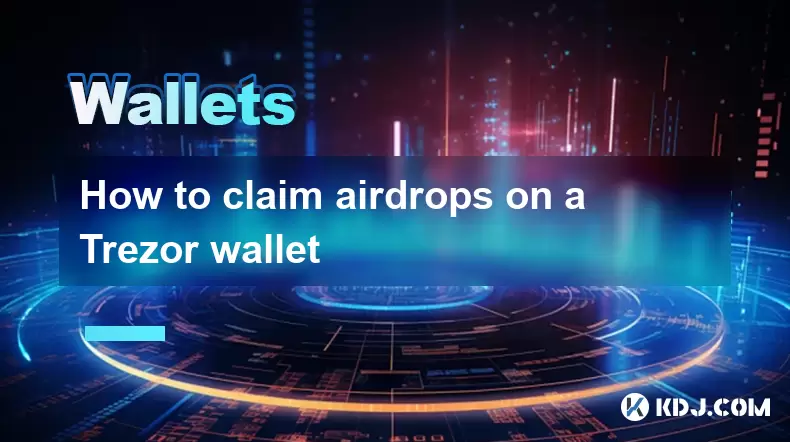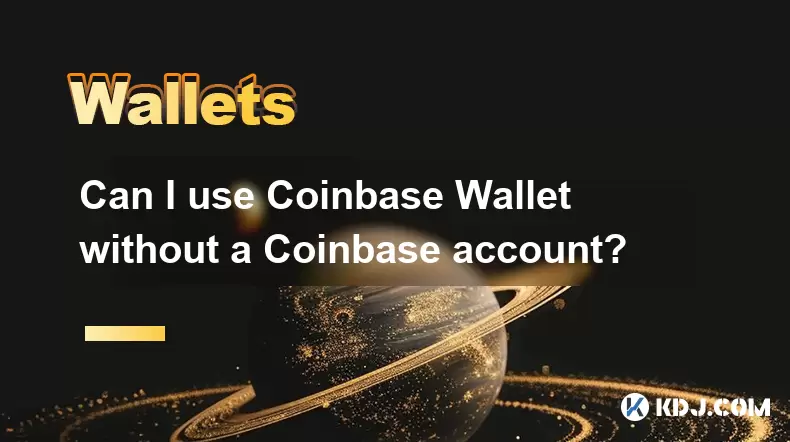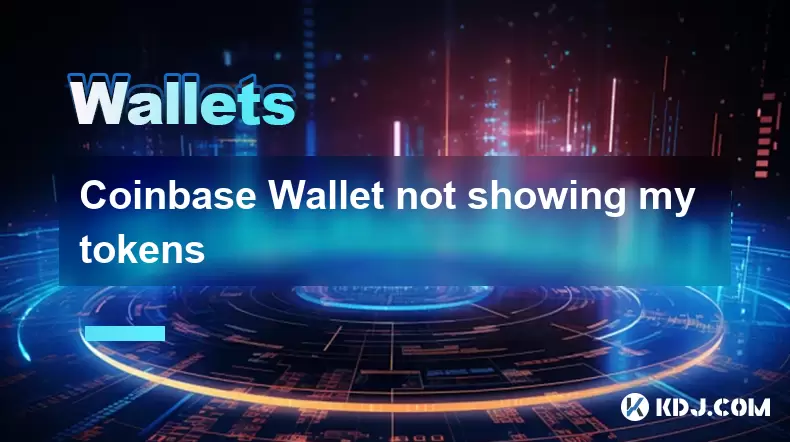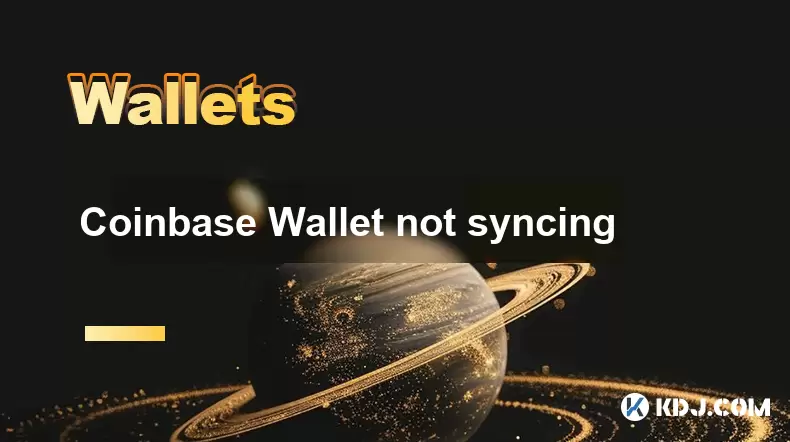-
 Bitcoin
Bitcoin $118300
-1.72% -
 Ethereum
Ethereum $3591
-0.69% -
 XRP
XRP $3.478
-3.53% -
 Tether USDt
Tether USDt $1.001
-0.01% -
 BNB
BNB $737.7
-0.54% -
 Solana
Solana $177.3
-2.40% -
 USDC
USDC $0.9999
-0.01% -
 Dogecoin
Dogecoin $0.2538
7.04% -
 TRON
TRON $0.3256
-0.85% -
 Cardano
Cardano $0.8332
-3.48% -
 Hyperliquid
Hyperliquid $44.80
-3.30% -
 Stellar
Stellar $0.4672
-6.09% -
 Sui
Sui $3.828
-5.98% -
 Chainlink
Chainlink $18.15
-3.41% -
 Hedera
Hedera $0.2655
-7.16% -
 Bitcoin Cash
Bitcoin Cash $517.5
-0.64% -
 Avalanche
Avalanche $23.89
-2.37% -
 Shiba Inu
Shiba Inu $0.00001519
-0.45% -
 UNUS SED LEO
UNUS SED LEO $8.973
0.13% -
 Toncoin
Toncoin $3.211
-2.54% -
 Litecoin
Litecoin $103.5
-3.58% -
 Polkadot
Polkadot $4.313
-3.90% -
 Uniswap
Uniswap $10.31
0.67% -
 Monero
Monero $325.4
-2.88% -
 Bitget Token
Bitget Token $5.049
3.51% -
 Ethena USDe
Ethena USDe $1.002
0.04% -
 Pepe
Pepe $0.00001346
-2.96% -
 Dai
Dai $0.9999
-0.02% -
 Aave
Aave $322.1
-2.93% -
 Bittensor
Bittensor $411.9
-4.70%
How to claim airdrops on a Trezor wallet
Claiming airdrops with a Trezor wallet is secure and straightforward if you follow the right steps.
Jul 15, 2025 at 07:35 pm

What Are Airdrops in the Cryptocurrency Space?
In the world of cryptocurrencies, airdrops refer to the distribution of free tokens or coins to a large number of wallet addresses. These events are often used by blockchain projects as a marketing strategy to increase awareness and adoption of their platform. Participants can receive these tokens either for holding a specific cryptocurrency or by performing simple tasks like joining a Telegram group, following on social media, or sharing content.
The Trezor wallet, being one of the most trusted hardware wallets, allows users to store private keys offline, ensuring high security. However, claiming airdrops with a Trezor wallet is not always straightforward due to its offline nature. This article will walk you through how to safely and effectively claim airdrops using your Trezor wallet without compromising your funds.
Why Use a Trezor Wallet for Airdrop Claims?
Using a Trezor wallet for airdrop claims ensures that your private keys remain secure throughout the process. Unlike software wallets or exchange accounts, which are more susceptible to hacking, Trezor keeps your keys offline while allowing interaction with blockchain networks via its interface. This makes it ideal for participating in airdrops without exposing sensitive data.
Before proceeding, ensure you have:
- The latest firmware installed on your Trezor device.
- The Trezor Suite application downloaded and installed.
- Your recovery phrase securely stored.
- A clear understanding of the airdrop terms and conditions.
Connecting Trezor to the Blockchain for Airdrop Eligibility
To be eligible for many airdrops, you need to hold a specific cryptocurrency at the time of a snapshot. If you're using a Trezor wallet, this means sending the required asset (such as ETH, BTC, or a token from a specific network) to your Trezor address before the snapshot date.
Here’s how to prepare:
- Check the airdrop requirements: Visit the official website or whitepaper of the project offering the airdrop.
- Transfer the required assets: Send the necessary amount of the specified cryptocurrency to your Trezor wallet before the snapshot block height or timestamp.
- Verify receipt: Use a blockchain explorer to confirm that the transaction has been successfully recorded under your Trezor wallet address.
It’s crucial to use the correct receiving address and avoid sending funds to an incompatible network, as this may result in permanent loss of funds.
Interacting with Smart Contracts Using Trezor
Some airdrops require users to interact with smart contracts, usually through Ethereum-based decentralized applications (dApps). Since Trezor does not natively support direct dApp integration like MetaMask, you’ll need to use a compatible browser extension or service such as Trezor Connect.
Follow these steps to interact with a smart contract:
- Open the Trezor Suite or go to the Trezor Connect page.
- Connect your Trezor wallet to the browser via USB.
- Navigate to the airdrop website or dApp.
- Click on "Connect Wallet" and choose Trezor as your provider.
- Confirm all actions on your Trezor device when prompted.
Each interaction requires explicit confirmation on the device itself, ensuring that no unauthorized transactions occur. Always double-check the details shown on your Trezor screen before approving any action.
Claiming Tokens After the Airdrop Event
Once the airdrop event concludes and the tokens are distributed, you’ll need to check if they’ve been sent to your Trezor wallet. Depending on the blockchain network, you might need to manually add the token to your wallet view.
For example, if you received an ERC-20 token on Ethereum:
- Go to Trezor Suite and select your Ethereum account.
- Click on Receive and then Show More Assets.
- Search for the token name or paste the token contract address.
- Add the token to your portfolio so it appears in your balance.
If the token belongs to a different network like Binance Smart Chain or Polygon, make sure your Trezor supports that network and follow similar steps within the respective section in Trezor Suite.
Security Considerations When Claiming Airdrops
Airdrops can sometimes be exploited by scammers attempting to phish private keys or trick users into signing malicious transactions. It's essential to stay vigilant:
- Never share your recovery phrase with anyone.
- Only connect to verified airdrop websites and dApps.
- Avoid clicking on suspicious links shared on forums or social media.
- Always verify transaction details directly on your Trezor device before approving.
Scammers often mimic legitimate airdrop sites or offer fake “claim” tools. Stick to official channels and double-check URLs before entering any information or connecting your wallet.
Frequently Asked Questions
Q: Can I claim airdrops on unsupported networks with my Trezor wallet?
A: You can only claim airdrops on networks supported by Trezor. If the airdrop occurs on an unsupported chain, you'll need to transfer your funds to a compatible wallet or bridge them carefully after verifying the process.
Q: What should I do if the airdropped token doesn’t appear in my Trezor wallet?
A: Ensure that the token is listed in your wallet settings. If not, manually add the token using the contract address provided by the project team.
Q: Is it safe to sign messages or approve transactions during an airdrop?
A: Yes, as long as you're certain about the legitimacy of the request and you verify each prompt on your Trezor device before approving.
Q: Do I need to pay gas fees to claim an airdrop?
A: In most cases, yes. Claiming tokens or interacting with smart contracts typically requires a small amount of native cryptocurrency (like ETH or BNB) to cover network fees.
Disclaimer:info@kdj.com
The information provided is not trading advice. kdj.com does not assume any responsibility for any investments made based on the information provided in this article. Cryptocurrencies are highly volatile and it is highly recommended that you invest with caution after thorough research!
If you believe that the content used on this website infringes your copyright, please contact us immediately (info@kdj.com) and we will delete it promptly.
- Crypto Picks: Navigating the Meme Coin Mania – Toshi, Ski Mask Dog, and the Elusive Pepe Coin 30,000% Rally
- 2025-07-19 14:30:13
- MoonBull, Meme Coins, and Your Watchlist: What's Hot Right Now
- 2025-07-19 14:30:13
- Crypto Market Mania: Ethereum Surges, Trump's Company Cashes In!
- 2025-07-19 12:30:13
- NFT Trading, Users, and the Quest for a Comeback: What's the Deal?
- 2025-07-19 12:30:13
- Baby Sex: Unpacking the Influencing Factors and Birth Sex Trends
- 2025-07-19 12:50:13
- Satoshi Nakamoto, Bitcoin, and Bill Gates: A New World Order?
- 2025-07-19 13:15:12
Related knowledge

Can I use Coinbase Wallet without a Coinbase account?
Jul 18,2025 at 04:35am
What is Coinbase Wallet?Coinbase Wallet is a self-custodial wallet that allows users to store, send, and receive various cryptocurrencies directly on ...

How to add Arbitrum to Coinbase Wallet
Jul 18,2025 at 03:00pm
Understanding Arbitrum and Its Integration with Coinbase WalletArbitrum is a layer-2 scaling solution developed by Offchain Labs to enhance the speed ...

Coinbase Wallet not showing my tokens
Jul 18,2025 at 09:49am
Understanding Coinbase Wallet Token Display IssuesIf you're experiencing issues where Coinbase Wallet not showing my tokens, it can be frustrating, es...

Coinbase Wallet Chrome extension not working
Jul 19,2025 at 05:14am
Understanding Coinbase Wallet Chrome ExtensionThe Coinbase Wallet Chrome extension is a browser-based cryptocurrency wallet that allows users to inter...

Does Coinbase Wallet have a desktop app?
Jul 18,2025 at 12:08am
Understanding Coinbase Wallet and Its Core FeaturesCoinbase Wallet is a non-custodial cryptocurrency wallet developed by Coinbase, one of the leading ...

Coinbase Wallet not syncing
Jul 18,2025 at 07:49am
Understanding Coinbase Wallet Syncing IssuesWhen users encounter problems with Coinbase Wallet not syncing, it typically means that the wallet is unab...

Can I use Coinbase Wallet without a Coinbase account?
Jul 18,2025 at 04:35am
What is Coinbase Wallet?Coinbase Wallet is a self-custodial wallet that allows users to store, send, and receive various cryptocurrencies directly on ...

How to add Arbitrum to Coinbase Wallet
Jul 18,2025 at 03:00pm
Understanding Arbitrum and Its Integration with Coinbase WalletArbitrum is a layer-2 scaling solution developed by Offchain Labs to enhance the speed ...

Coinbase Wallet not showing my tokens
Jul 18,2025 at 09:49am
Understanding Coinbase Wallet Token Display IssuesIf you're experiencing issues where Coinbase Wallet not showing my tokens, it can be frustrating, es...

Coinbase Wallet Chrome extension not working
Jul 19,2025 at 05:14am
Understanding Coinbase Wallet Chrome ExtensionThe Coinbase Wallet Chrome extension is a browser-based cryptocurrency wallet that allows users to inter...

Does Coinbase Wallet have a desktop app?
Jul 18,2025 at 12:08am
Understanding Coinbase Wallet and Its Core FeaturesCoinbase Wallet is a non-custodial cryptocurrency wallet developed by Coinbase, one of the leading ...

Coinbase Wallet not syncing
Jul 18,2025 at 07:49am
Understanding Coinbase Wallet Syncing IssuesWhen users encounter problems with Coinbase Wallet not syncing, it typically means that the wallet is unab...
See all articles

























































































